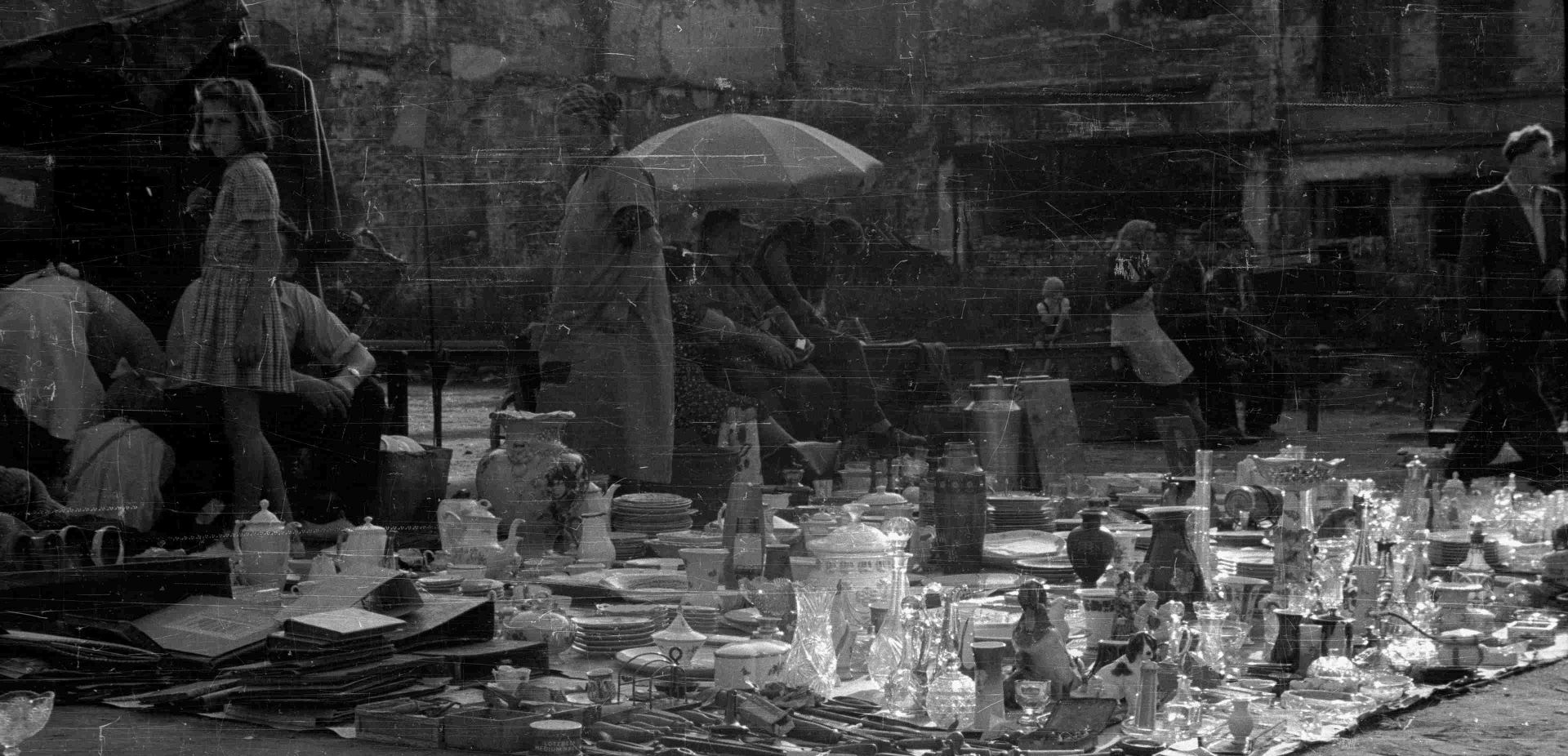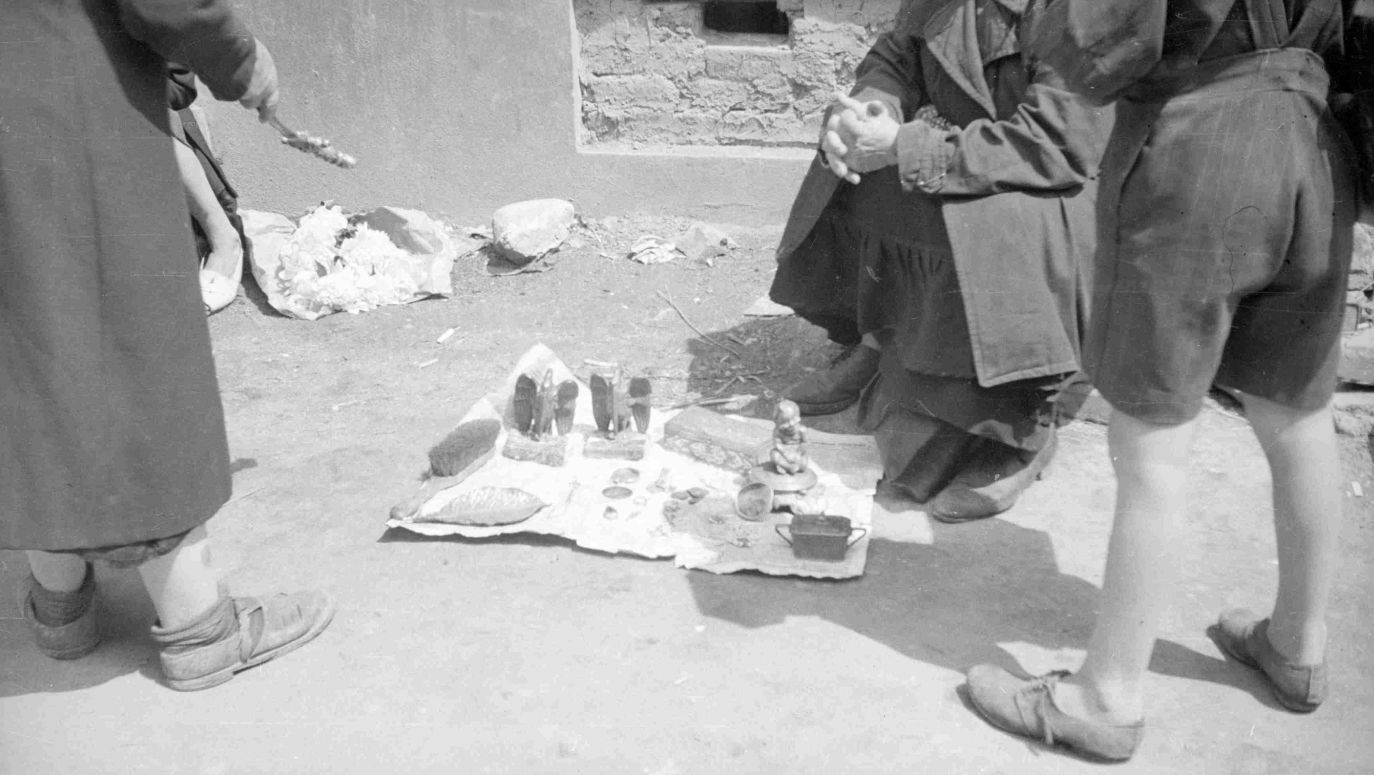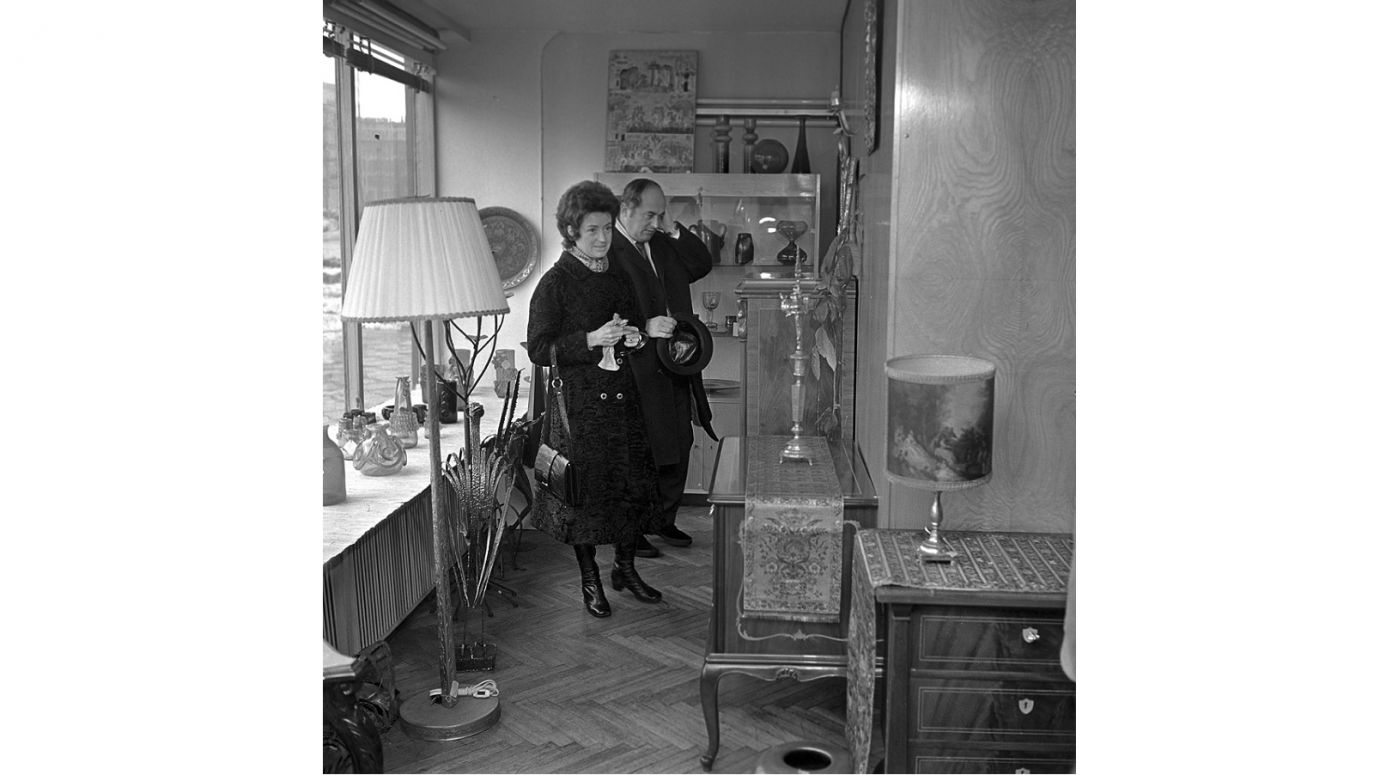As a result of an accidental arrest of Wanda Dębińska, a currency dealer, on December 14, 1972 there was a gigantic investigation revealing that in the Polish People’s Republic (Polska Rzeczpospolita Ludowa – HRTA: PRL) there were gangs smuggling gold, works of art and people.
The detainee didn’t want to turn in her accomplices for a long time. She thought up a fictitious supplier named “Andrzej”, she even presented his description. The investigators didn’t believe her. Eventually Dembińska admitted that it had been her cousin, Zygmunt Mossakowski. She believed her testimony wouldn’t do him any harm as he was absent from the country. She was wrong.
When her relative was detained she altered her testimony again and stated that the only supplier of gold and hard currency was Witold Mętlewicz. Both were detained and questioned. Thus the Militia settled that there had been operating – for many years at that – a very efficient smuggling gang. It was named “the Goldheads”.
Brazilians launched the operation
What could have been the scale of the practice? According to the PRL press – a large one. It was the most famous scandal those days. Hundreds of names run through the investigation, some of the people involved were not utterly conscious of what they were participating in.
 SIGN UP TO OUR PAGE
SIGN UP TO OUR PAGE

A special team was set up in the Investigation Bureau of the Ministry of Internal Affairs. Individual suspects were assigned to chosen, highly regarded officers. The inquiry was conducted simultaneously in Warsaw, Gdańsk, Katowice, Łódź, Rzeszów, Wrocław, Bydgoszcz, Kraków, Lublin and Olsztyn. All together – the “Goldheads” affair plus those which came to light “by the away” – 29 investigations, in which 85 people were accused were carried out. 59 of the latter were sentenced.
“The whole thing began quite a long time ago (in the late 1940s - author's note), when Brazilian diplomats Roberto Ch. Pacheco, Anibal Maranhao and J.A. The Gonclaves de Jesus brought dollars in banknotes from abroad. Then the dollars came in gold, and these diplomats decided to kill their own bird on the occasion. Private exchange transactions began. The trade was gradually expanding – wrote “Życie Warszawy”. – It was then that the future head of the smuggling mafia appeared on the horizon, Czesław Bednarczyk, then an appraiser of the antique shop in Three Crosses Square”.
It’s about the “Veritas” store, working under the patronage of the “PAX” Catholic Association. By the way, the association was absolutely legal, moreover it collaborated with PRL authorities which attempted to gain control over the Catholic Church.
These two names – Czesław Bednarczyk and Witold Mętlewicz – turned out to be crucial. Bot gentlemen used to work for PAX for some time – the first was an expert at the “Veritas” antique shop, the latter found a job at the INCO United Economic groups, linked with PAX. The PAX thread will come up again in this story.
“Why specifically antiques?
Trade and smuggling of gold, foreign currency and antiquarian objects – works of art, white rare books (“white ravens” in Polish), numismatics, etc. – was a very lucrative practice in the People’s Republic of Poland. Due to the post-war chaos, the incorporation of the Recovered Territories into Poland and ... the law.
Agricultural reform of March 1, 1945, enabling “securing works of art contained in the estates covered by the Act against destruction or dispersion”, devaluation of the Polish zloty of 1950 and the Act of October 28, 1950 prohibiting the possession of foreign currencies, gold and platinum, and tightening penalties for foreign exchange offenses (including capital punishment) drove the private trade in works of art, currency and gold underground.

 SIGN UP TO OUR PAGE
SIGN UP TO OUR PAGE
 A special team was set up in the Investigation Bureau of the Ministry of Internal Affairs. Individual suspects were assigned to chosen, highly regarded officers. The inquiry was conducted simultaneously in Warsaw, Gdańsk, Katowice, Łódź, Rzeszów, Wrocław, Bydgoszcz, Kraków, Lublin and Olsztyn. All together – the “Goldheads” affair plus those which came to light “by the away” – 29 investigations, in which 85 people were accused were carried out. 59 of the latter were sentenced.
A special team was set up in the Investigation Bureau of the Ministry of Internal Affairs. Individual suspects were assigned to chosen, highly regarded officers. The inquiry was conducted simultaneously in Warsaw, Gdańsk, Katowice, Łódź, Rzeszów, Wrocław, Bydgoszcz, Kraków, Lublin and Olsztyn. All together – the “Goldheads” affair plus those which came to light “by the away” – 29 investigations, in which 85 people were accused were carried out. 59 of the latter were sentenced.






